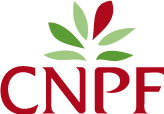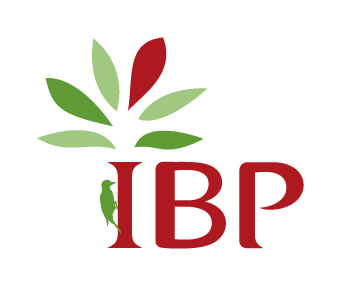
The Index of Biodiversity Potential is a simple diagnostic tool designed to help forest managers practise biodiversity-friendly forest management.
This indicator is based on a rapid assessment of ten features (or key factors) that influence the capacity of forest stands to support animal, plant and fungal species.
Developed in France since 2008 by the National Forest Ownership Centre (CNPF) and the National Research Institute for Agriculture, Food and the Environment (INRAE), this tool is currently being rolled out in several other European and Mediterranean countries.
How to use IBP in Europe and abroad?
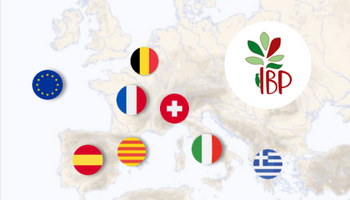
This page give you access to the IBP documentation for several European and Mediterranean countries.
Documents are classified by type of use and by country.
When several languages are spoken in a country, the documents have been translated and are available in each of them.
Please find below a description of each document about IBP: educational documents for several target audiences, and documents to prepare and carry out field surveys.
-
Three educational documents describe the method and rely on IBP factors to explain the drivers of forest biodiversity, and how to take it into account in day-to-day forest management.
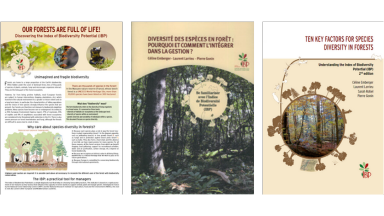
Our forests are full of life! Discovering the IBP. 4 p.
This information brochure gives an overview of the method and the 10 factors of the IBP.
Target audience: forest owners and the general public.Species diversity in forests: why and how integrate it into management ? Familiarise yourself with the IBP. 28 p.
This practical and simplified guide presents the key factors of IBP. Educational and richly illustrated, it integrates recent knowledge on forest biodiversity. For foresters who wish to know and integrate biodiversity into their daily management.
Target audience: forest owners.Ten key factors for species diversity in forests. Understanding the IBP. 62 p.
This complete and detailed document popularizes the results of numerous research studies and the expertise of forest ecosystem specialists. It thus sheds light on the role of taxonomic biodiversity in the functioning of forests and technical advice for its consideration in management.
Target audience: professionals. -
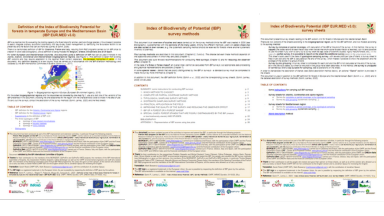
First of all, you must choose the most appropriate survey method, possibly make preliminary observations, and provide yourself with usefull documents such as map, aerial photo, etc.
For field surveys, you will need the IBP definition sheet, with detailed description of the 3 typologies (aquatic & rocky habitats, tree-related microhabitats), and the survey sheet to report your observations.
-
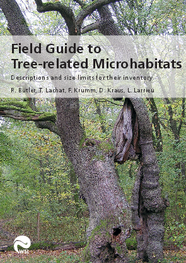
The Field Guide to Tree-related Microhabitats will help you to note this factor.
This field guide describes 47 different tree-related microhabitats and classifies them into 15 groups and 7 types. The guide also gives information about frequency of occurrence of each of them, and its replacement rate in the stand.
Available on wsl.ch in several languages : Catalan, Dutch, English, French, German, Italian, Spanish.
-
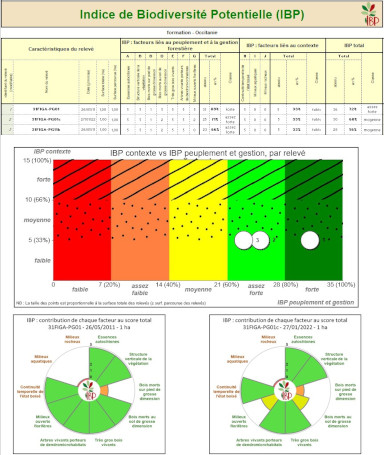
You can process your data on an Excel® spreadsheet, which also allows you to produce standardized graphs and tables :
- to store IBP data to facilitate temporal monitoring,
- to calculate the IBP score of a survey or a group of plots,
- to graph the results and compare data from several stands.
A single file with several languages: Catalan, English, French, Italian and Spanish. The “fr” file opens on the home page in French, “en” in English, “ca” in Catalan.
Based on the results, you will be able to think about management recommendations favorable to ordinary biodiversity using educational documents on IBP.
As soon as a new version si validated for a country, or a document is translated, it will be added to the storage.
To find the document for your area in the language you require, click on the link below to access the documentation, then:
- Click on the folder corresponding to the document you are looking for
- Choose the country and language
- and click on the “Télécharger” menu i.e. “Download”
The IBP extension process and European projects
An article presenting the method for extending the IBP to other European and Mediterranean countries can be downloaded below:
Spreading the IBP outside France relies on the International committee of experts (ICE) of the IBP to guarantee the consistency of the IBP extension process:
- by providing scientific and technical advice on the indices created from the IBP, based on the IBP extension methodology;
- by discussing IBP extension projects in the different Mediterranean countries and in Europe, in order to coordinate current actions or propose summaries and new studies.
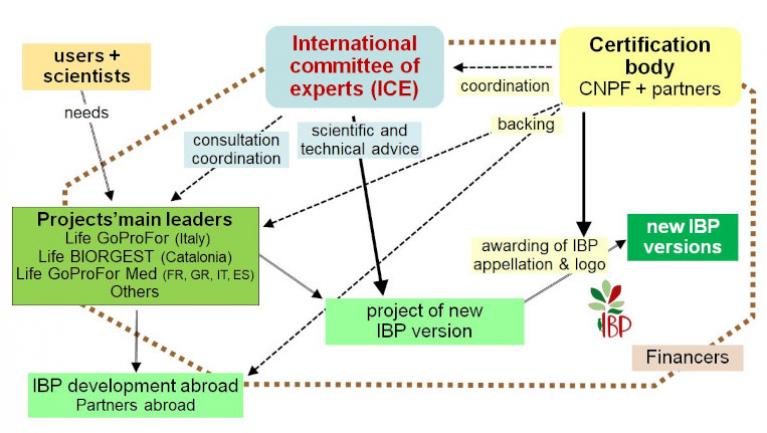
This International committee of experts is coordinated by the CNPF and brings together the following members:
- representatives of current European projects,
- 10 to 15 experts from different countries in the Mediterranean Basin and Europe,
- experts invited from time to time depending on the issues raised during the meetings.
The Committee's work is disseminated to the network of partners interested in the issue of extending the IBP, to broaden exchanges. All actions linked to European projects are also published on their dedicated websites.
Do you want a version of the IBP for your country? Contact the ICE expert committee by writing to pauline.marty@cnpf.fr and pierre.gonin@cnpf.fr
R&D programme in France
Since 2008, a Research & Development programme has been carried out by the CNPF (IDF and regional delegations) and INRAE UMR Dynafor to improve the IBP, integrate new knowledge and meet users' needs.
This programme brings together many stakeholders from the forestry world (researchers, owners, professionals, teachers) and benefits from funding from the Ministry of the Environment, which included the IBP in the National Biodiversity Strategy since 2011.
The development aspect of this programme is managed by the CNPF, with the following focuses:
- spread the IBP nationally through training and communication;
- technical support in the use of the IBP;
- improve the implementation of the tool in the field (methods depending on the local context and issues, etc.).
The research component is led by INRAE, with the following focuses:
- to in-depth research into several factors of IBP;
- quantify the ecological significance of IBP (calibration with taxonomic data, etc.);
- assess the applicability of the IBP (observer effect, etc.).
More information in these 2 references (in French):
- Gonin P., Larrieu L., Deconchat M. : 2015 - Research & Development on a forest management tool: the Potential Biodiversity Index (IBP)
Recherche & Développement sur un outil de gestion forestière : l’Indice de Biodiversité Potentielle (IBP). In Actes du XIVe Congrès Forestier Mondial, 7-11 sept. 2015, Durban, Afrique du Sud - Gonin P., Larrieu L., Emberger C., Deconchat M. : 2016 - The Potential Biodiversity Index (IBP): History of development on a national scale
L’Indice de Biodiversité Potentielle (IBP) : Histoire d’un développement à l’échelle nationale. In Vallauri D. et al. - Naturalité des eaux et des forêts. Lavoisier, ed. Tec & Doc, 2016 (Actes du colloque Naturalité, vers une autre culture des eaux & des forêts. 17-20 sept. 2013, Chambéry)
Please feel free to send your comments to the authors.
Contacts
|
The IBP logo is a registered trademark in France and the European Union. Its use is possible while respecting the definition of IBP given by the authors.
